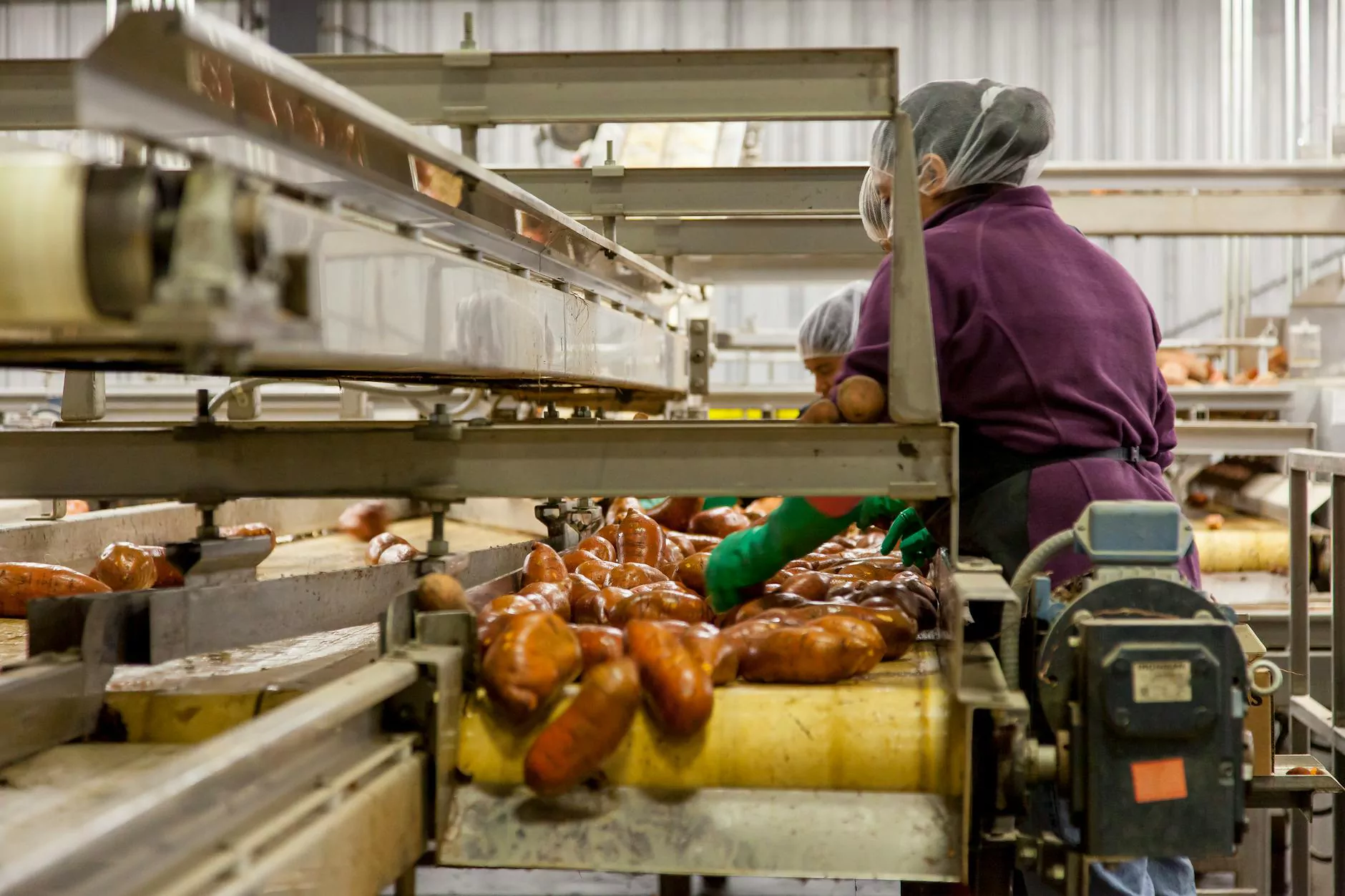Understanding Moisture Content in Cereals: Key to Quality Farming

The moisture content in cereals is one of the most critical factors influencing the quality and storability of grain products. It is essential for farmers and those involved in the agricultural sector to have comprehensive knowledge about this concept to optimize their yields and protect their products from spoilage. In this article, we will explore the various aspects of moisture content in cereals, its importance, methods for measurement, and ways to manage it effectively. Let's delve into the details!
1. What is Moisture Content in Cereals?
Moisture content refers to the quantity of water present in cereal grains, typically expressed as a percentage of the total weight. It is crucial to monitor and control this content because excess moisture can lead to a host of problems, including mold growth, spoilage, and diminished nutritional quality. Conversely, too low moisture content can affect the grain's weight and, consequently, its market value.
1.1 The Science Behind Moisture Content
Understanding the science of moisture content is vital for any cereal producer. The moisture content is determined using the following formula:
Moisture Content (%) = [(Wet Weight - Dry Weight) / Wet Weight] x 100
The wet weight represents the total weight of the grain immediately after harvest, while the dry weight is measured after the grain has been dried to remove moisture. This contrast is essential for determining how much water needs to be removed for optimal grain storage.
2. Why is Moisture Content Important?
Maintaining the appropriate level of moisture is crucial for various reasons:
- Quality Preservation: High moisture levels can lead to the growth of bacteria and fungi, spoiling the grain and affecting its nutritional value.
- Storage Management: Grains stored with high moisture can undergo chemical changes, leading to reduced shelf life and increased waste.
- Market Value: Grains with optimal moisture content often have a higher market price than those with excessive moisture.
- Compliance with Standards: Many markets require specific moisture levels to ensure quality and safety in food supply chains.
3. How to Measure Moisture Content in Cereals?
Several methods are available to measure the moisture content of cereals accurately. Here are some of the most common techniques:
3.1 Oven Drying Method
The oven drying method involves weighing a sample of cereal, drying it in an oven at a specific temperature (usually around 130°C) for a predetermined period, and then reweighing it. The moisture content is calculated based on the weight lost during drying.
3.2 Moisture Meters
Moisture meters are handheld devices that provide quick and accurate readings of moisture levels in cereals. These devices use radio frequency or capacitance methods to assess moisture and are particularly useful for on-the-go measurements during harvest.
3.3 Near-Infrared Spectroscopy (NIR)
NIR is an advanced technique that uses the absorption of infrared light to determine moisture content quickly and non-destructively. This method is becoming increasingly popular in the agricultural sector for its speed and accuracy.
4. Effects of Moisture Content on Farming Equipment
The moisture content in cereals not only affects the grain but also has significant implications for farming equipment. If the moisture levels are not properly managed, it can lead to:
- Clogging and Jammed Machines: Excess moisture can cause grains to clump together, leading to equipment failures.
- Increased Wear and Tear: Machines working with overly moist grains face greater strain, leading to higher maintenance and repair costs.
- Inaccurate Readings: Equipment designed to assess grain quality may provide erroneous results if the moisture content is not optimal.
4.1 Regular Maintenance and Repair
To prevent these issues, regular maintenance of farming equipment is crucial. This includes:
- Frequent Inspections: Inspect machinery for any signs of wear due to moisture-related issues.
- Proper Cleaning: Clean equipment after each use to remove any residues that may retain moisture.
- Prompt Repairs: Address any malfunctions immediately to avoid further damage.
5. How to Manage Moisture Content in Cereals
Effective management of moisture content is vital for high-quality cereal production. Here are some strategies:
5.1 Optimal Harvesting Times
Harvesting cereals at the right time is essential to maintaining ideal moisture levels. Farmers should avoid harvesting during wet conditions, as it can increase moisture content in the harvested grain.
5.2 Adequate Drying Techniques
Post-harvest drying is critical to reducing moisture levels in cereals. Various methods include:
- Natural Air Drying: Utilizing the natural elements to dry grain, this method is cost-effective but highly dependent on weather conditions.
- Mechanical Drying: Using grain dryers, this is a controlled method that allows for precise moisture management.
- Sun Drying: This age-old technique harnesses solar power, requiring careful attention to prevent over-drying or spoilage.
5.3 Proper Storage Solutions
Once the moisture is managed during harvesting and drying, it is vital to store grains correctly to maintain quality. Key storage solutions include:
- Temperature and Humidity Control: Maintain consistent conditions to avoid moisture accumulation.
- Use of Vapor Barriers: These can prevent condensation during storage.
- Regular Monitoring: Use equipment that allows for continuous monitoring of humidity and temperature within storage facilities.
6. Conclusion
Maintaining the right moisture content in cereals is indispensable for any successful farming operation. By understanding its importance, learning how to measure it accurately, and adopting effective management practices, farmers can ensure high-quality grains that meet market demands. Furthermore, properly maintained farming equipment will contribute to efficient operations, reducing costs and improving productivity.
As we continuously strive to improve practices in the agricultural sector, it becomes apparent that moisture management is not only a science but also an art that can greatly influence both the yield and profitability of farming enterprises. Those seeking to optimize their operations, such as through *tsgcinc.com*, must prioritize moisture content in cereals and make informed decisions based on detailed understanding and best practices.









